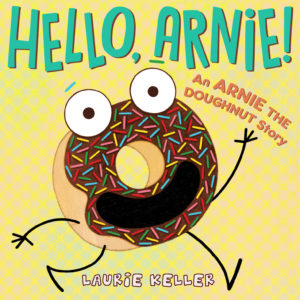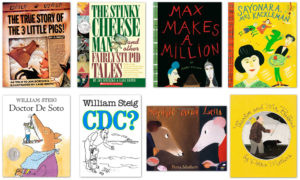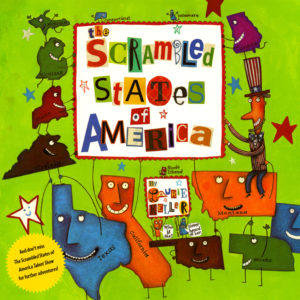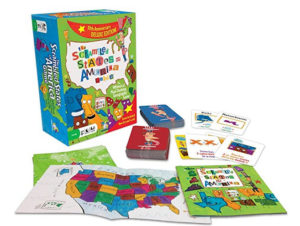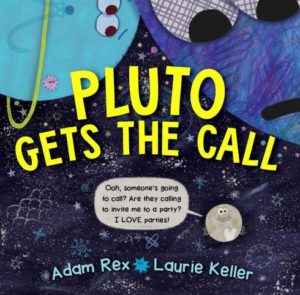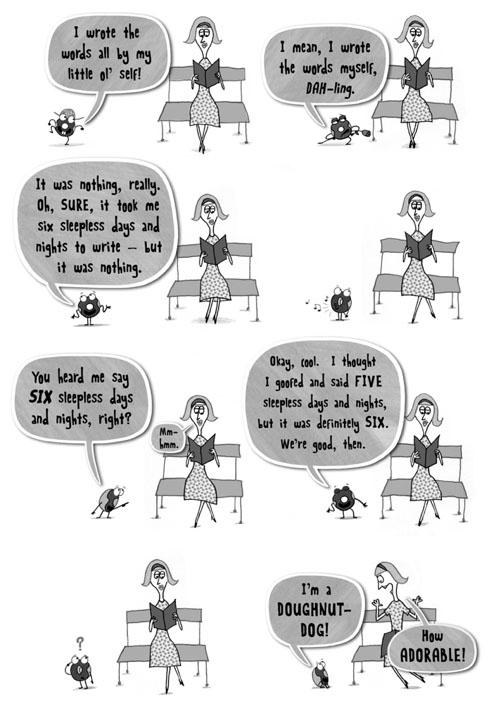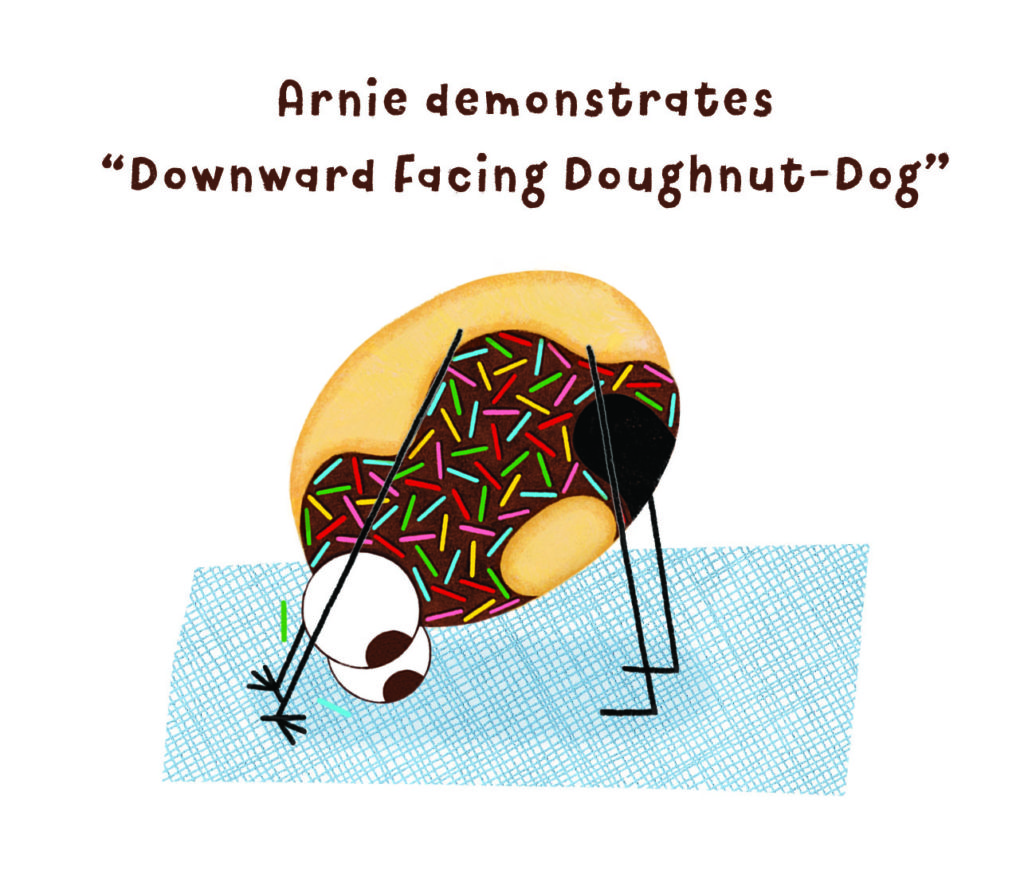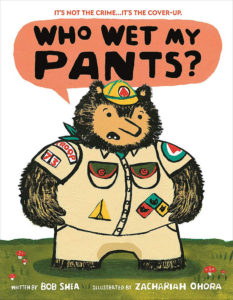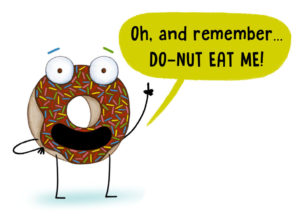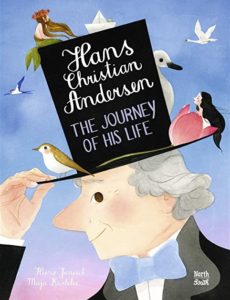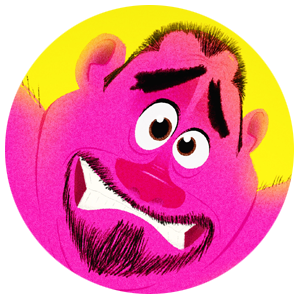I’m always excited to see when there’s a fifth Monday in a month, because that means it’s time for a Bonus Goodie. The Picture Book Lists have been popular–or so you’re telling me!–so that’s what we’re going with again.
The theme this time?
Girl Power!
Here are some of the most empowering girl-centric picture books I’ve found in my library or coming in via the many advance-reader copies OPB gets each month.
See what you think! And please do what you can to get the young girls in your life to check out some of these titles. They’re well worth the re-read!
Ada Twist, Scientist by Andrea Beaty, illustrated by David Roberts (Sept 2016)
From Goodreads: “Scientist Ada has a boundless imagination and has always been hopelessly curious. Why are there pointy things stuck to a rose? Why are there hairs growing inside your nose? When her house fills with a horrific, toe-curling smell, Ada knows it’s up to her to find the source. What would you do with a problem like this? Not afraid of failure, Ada embarks on a fact-finding mission and conducts scientific experiments, all in the name of discovery. But, this time, her experiments lead to even more stink and get her into trouble!”
AGES 5–7
Amazing Grace by Mary Hoffman, illustrated by Caroline Binch (September 1991)
From Goodreads: “Grace loves stories, whether they’re from books, movies, or the kind her grandmother tells. When her school decides to perform Peter Pan, Grace longs to play the lead, but her classmates point out that Peter was a boy. Besides, he wasn’t black.
With the support of her family, Grace learns that she can be anything she wants to be, and the results are amazing!
Remarkable watercolor illustrations give full expression to Grace’s high-flying imagination.”
AGES 4–8
Amelia to Zora: Twenty-Six Women Who Changed the World by Cynthia Chin-Lee, illustrated by Megan Halsey and Sean Addy (July 2008)
From Goodreads: “Twenty-six amazing women; twenty-six amazing stories. From Amelia Earhart, pilot and adventurer, to Zora Neale Hurston, writer and anthropologist, learn about the hardships and triumphs that inspired each woman to change the world around her. Detailed collages and illustrations draw from various events in the women’s lives.”
AGES 8–12
Chrysanthemum by Kevin Henkes (Jan 2011)
From Goodreads: “Written and illustrated by Kevin Henkes, the nationally bestselling and celebrated creator of Lilly’s Purple Plastic Purse, Owen, and Kitten’s First Full Moon, Chrysanthemum is a funny and honest school story about teasing, self-esteem, and acceptance to share all year round.
Chrysanthemum thinks her name is absolutely perfect—until her first day of school. “You’re named after a flower!” teases Victoria.
“Let’s smell her,” says Jo.
Chrysanthemum wilts. What will it take to make her blossom again?
Supports the Common Core State Standards.”
AGES 4–8
Drum Dream Girl: How One Girl’s Courage Changed Music by Margarita Engle, illustrated by Rafael López (March 2015)
From Goodreads: “Girls cannot be drummers. Long ago on an island filled with music, no one questioned that rule—until the drum dream girl. In her city of drumbeats, she dreamed of pounding tall congas and tapping small bongós. She had to keep quiet. She had to practice in secret. But when at last her dream-bright music was heard, everyone sang and danced and decided that both girls and boys should be free to drum and dream.
Inspired by the childhood of Millo Castro Zaldarriaga, a Chinese-African-Cuban girl who broke Cuba’s traditional taboo against female drummers, Drum Dream Girl tells an inspiring true story for dreamers everywhere.”
AGES 4–7
Fantastically Great Women Who Changed the World by Kate Pankhurst (Sept 2016)
From Goodreads: “Kate Pankhurst, descendent of Emmeline Pankhurst, has created this wildly wonderful and accessible book about women who really changed the world. Discover fascinating facts about some of the most amazing women who changed the world we live in. Fly through the sky with the incredible explorer Amelia Earhart, and read all about the Wonderful Adventures of Mary Seacole with this fantastic full colour book. Bursting full of beautiful illustrations and astounding facts, Fantastically Great Women Who Changed the World is the perfect introduction to just a few of the most incredible women who helped shaped the world we live in.
List of women featured: Jane Austen, Gertrude Ederle, Coco Chanel, Frida Kahlo, Marie Curie, Mary Anning, Mary Seacole, Amelia Earhart, Agent Fifi, Sacagawa, Emmeline Pankhurst, Rosa Parks, Anne Frank.”
AGES 4–8
Fiesta Femenina: Celebrating Women in Mexican Folktale by Mary-Joan Gerson, illustrated by Maya Christina Gonzalez (Sept 2018)
From Goodreads: “A collection of folktales from various cultures in Mexico, all focusing on the important roles of women, such as Rosha, a young girl who rescues the sun; the goddess Tangu Yuh; Kesne, a Zapotec princess; and the Virgin Mary.”
AGES 8–11
The First Strawberries: A Cherokee Story by Joseph Bruchac, illustrated by Anna Vojtech (June 1998)
From Goodreads: “From an award-winning Native American storyteller comes this captivating re-telling of a Cherokee legend, which explains how strawberries came to be. Long ago, the first man and woman quarreled. The woman left in anger, but the Sun sent tempting berries to Earth to slow the wife’s retreat. Luminous paintings perfectly complement the simple, lyrical text.”
AGES 3–5
Grace for President by Kelly DiPucchio, illustrated by LeUyen Pham (March 2012)
From Goodreads: “ ‘Where are the girls?’
When Grace’s teacher reveals that the United States has never had a female president, Grace decides she wants to be the nation’s first and immediately jumpstarts her political career by running in her school’s mock election! The race is tougher than she expected: her popular opponent declares that he’s the “best man for the job” and seems to have captured the votes of all of the class’s boys. But Grace is more determined than ever. Even if she can’t be the best man for the job, she can certainly try to be the best person!
This timely story not only gives readers a fun introduction to the American electoral system but also teaches the value of hard work, courage, independent thought–and offers an inspiring example of how to choose our leaders.”
AGES 4–8
I Like Myself! by Karen Beaumont, illustrated by David Catrow (March 2016)
From Goodreads: “High on energy and imagination, this ode to self-esteem encourages kids to appreciate everything about themselves–inside and out. Messy hair? Beaver breath? So what! Here’s a little girl who knows what really matters.
At once silly and serious, Karen Beaumont’s joyous rhyming text and David Catrow’s wild illustrations unite in a book that is sassy, soulful–and straight from the heart.”
AGES 1–3
Interstellar Cinderella by Deborah Underwood, illustrated by Meg Hunt (May 2015)
From Goodreads:
“Once upon a planetoid,
amid her tools and sprockets,
a girl named Cinderella dreamed
of fixing fancy rockets.
With a little help from her fairy godrobot, Cinderella is going to the ball–but when the prince’s ship has mechanical trouble, someone will have to zoom to the rescue! Readers will thank their lucky stars for this irrepressible fairy tale retelling, its independent heroine, and its stellar happy ending.”
AGES 3–5
I Want to Be a Cowgirl by Jeanne Willis, illustrated by Tony Ross (April 2002)
From Goodreads: “Meet a city girl with a big Wild West dream.
“I don’t want to be a good girl-
Good girls have no fun.
I can’t play quiet games indoors,
I love the rain and sun.
I don’t want to be a girly girl
Who likes to sit and chat.
I just want to be a cowgirl, Daddy,
What’s so wrong with that?”
From the window of a high-rise city apartment, a little girl imagines a very different view and dreams of a very different life, but does it have to be just a dream?
The big city meets the wild Wild West in Jeanne Willis’s lyrical text, accompanied by hilarious illustrations from Tony Ross.
AGES 4–8
Marisol McDonald Doesn’t Match/Marisol McDonald no combina by Monica Brown, illustrated Sara Palacios (Sept 2011)
From Goodreads: “ ‘My name is Marisol McDonald, and I don’t match. At least, that’s what everyone tells me.’
Marisol McDonald has flaming red hair and nut-brown skin. Polka dots and stripes are her favorite combination. She prefers peanut butter and jelly burritos in her lunch box. And don’t even think of asking her to choose one or the other activity at recess–she’ll just be a soccer playing pirate princess, thank you very much. To Marisol McDonald, these seemingly mismatched things make perfect sense together.
Unfortunately, they don’t always make sense to everyone else. Other people wrinkle their nose in confusion at Marisol–can’t she just be one or the other? Try as she might, in a world where everyone tries to put this biracial, Peruvian-Scottish-American girl into a box, Marisol McDonald doesn’t match. And that’s just fine with her.
A mestiza Peruvian American of European, Jewish, and Amerindian heritage, renowned author Monica Brown wrote this lively story to bring her own experience of being mismatched to life. Her buoyant prose is perfectly matched by Sara Palacios’ engaging acrylic illustrations.”
AGES 4–8
Me…Jane by Patrick McDonnell (April 2011)
From Goodreads: “Patrick McDonnell-beloved, bestselling author-artist and creator of the Mutts syndicated comic strip–shares the inspiring story of young Jane Goodall, the legendary and inspiring conservationist featured in the hit documentary film Jane.
In his characteristic heartwarming style, Patrick McDonnell tells the story of the young Jane Goodall and her special childhood toy chimpanzee named Jubilee. As the young Jane observes the natural world around her with wonder, she dreams of “a life living with and helping all animals,” until one day she finds that her dream has come true. With anecdotes taken directly from Jane Goodall’s autobiography, McDonnell makes this very true story accessible for the very young–and young at heart.
One of the world’s most inspiring women, Dr. Jane Goodall is a renowned humanitarian, conservationist, animal activist, environmentalist, and United Nations Messenger of Peace. In 1977 she founded the Jane Goodall Institute (JGI), a global nonprofit organization that empowers people to make a difference for all living things.”
AGES 1–8
Miss Rumphius by Barbara Cooney (Nov 1985)
From Goodreads: “Barbara Cooney’s story of Alice Rumphius, who longed to travel the world, live in a house by the sea, and do something to make the world more beautiful, has a timeless quality that resonates with each new generation. The countless lupines that bloom along the coast of Maine are the legacy of the real Miss Rumphius, the Lupine Lady, who scattered lupine seeds everywhere she went. Miss Rumphius received the American Book Award in the year of publication.
To celebrate the thirtieth anniversary of two-time Caldecott winner Barbara Cooney’s best-loved book, the illustrations have been reoriginated, going back to the original art to ensure state-of-the-art reproduction of Cooney’s exquisite artwork. The art for Miss Rumphius has a permanent home in the Bowdoin College Museum of Art.”
AGES 5–8
Not All Princesses Dress in Pink by Jane Yolen and Heidi Stemple (June 2010)
From Goodreads: “Not all princesses dress in pink. Some play in bright red socks that stink, blue team jerseys that don’t quite fit, accessorized with a baseball mitt, and a sparkly crown!
Princesses come in all kinds. Exuberant text from Jane Yolen and her daughter Heidi Yolen Stemple paired with charming illustrations prove that girls can jump in mud puddles and climb trees, play sports and make messes—all while wearing their tiaras! Not every girl has a passion for pink, but all young ladies will love this empowering affirmation of their importance and unlimited potential.”
AGES 3–8
Pepper Zhang, Artist Extraordinary! by Jerry Zhang, illustrated by Trisha Hautéa (Jan 2017)
From Goodreads: “This is an extraordinary story about an ordinary little girl who discovers an interest in art and transforms into an Artist Extraordinaire! Through her journey into fame and stardom, Pepper learns an important life lesson about humility. This book was made into reality through a Kickstarter Campaign that received more than $30,000 in pledges! Pepper has been featured on Huffpost, Mashable, Bustle, Upworthy, Now This, Babble and more!”
AGES 3–8
Rosa by Nikki Giovanni, illustrated by Bryan Collier (Dec 2007)
From Goodreads: “She had not sought this moment but she was ready for it. When the policeman bent down to ask “Auntie, are you going to move?” all the strength of all the people through all those many years joined in her. She said, “No.”
A picture book account of Rosa Park’s historic choice.”
AGES 4–8
She Persisted: 13 American Women Who Changed the World by Chelsea Clinton, illustrated by Alexandra Boiger (May 2017)
From Goodreads: “A is for Activist is an ABC board book for the next generation of progressives: Families that want their kids to grow up in a space that is unapologetic about activism, environmental justice, civil rights, LGBTQ rights, and so on.”
AGES 4–8
Stand Tall, Molly Lou Melon by Patty Lovell, illustrated by David Catrow (Aug 2001)
From Goodreads: “Be yourself like Molly Lou Melon no matter what a bully may do.
Molly Lou Melon is short and clumsy, has buck teeth, and has a voice that sounds like a bullfrog being squeezed by a boa constrictor. She doesn’t mind. Her grandmother has always told her to walk proud, smile big, and sing loud, and she takes that advice to heart.
But then Molly Lou has to start in a new school. A horrible bully picks on her on the very first day, but Molly Lou Melon knows just what to do about that.”
AGES 4–8
Stone Girl Bone Girl: The Story of Mary Anning of Lyme Regis by Laurence Anholt, illustrated by Sheila Moxley (Dec 2006)
From Goodreads: “A brief biography of the English girl whose discovery of an Ichthyosaurus skeleton in 1811 when she was twelve led to a life-long interest in fossils and other important discoveries.”
AGES 5–8
Suki’s Kimono by Chieri Uegaki, illustrated by Stéphane Jorisch (Sept 2005)
From Goodreads: “Suki’s favorite possession is her blue cotton kimono. A gift from her obachan, it holds special memories of her grandmother’s visit last summer. And Suki is going to wear it on her first day back to school — no matter what anyone says.
When it’s Suki’s turn to share with her classmates what she did during the summer, she tells them about the street festival she attended with her obachan and the circle dance that they took part in. In fact, she gets so carried away reminiscing that she’s soon humming the music and dancing away, much to the delight of her entire class!
Filled with gentle enthusiasm and a touch of whimsy, Suki’s Kimono is the joyful story of a little girl whose spirit leads her to march — and dance — to her own drumbeat.”
AGES 4–8
The Paper Bag Princess by Robert Munch, illustrated by Michael Martchenko (May 1980)
From Goodreads: “The Princess Elizabeth is slated to marry Prince Ronald when a dragon attacks the castle and kidnaps Ronald. In resourceful and humorous fashion, Elizabeth finds the dragon, outsmarts him, and rescues Ronald–who is less than pleased at her un-princess-like appearance. Full color.”
AGES 4–7
The Princess Knight by Cornelia Funke, illustrated by Kerstin Meyer (March 2014)
From Goodreads: “Violetta is a princess. But she wants to be a knight. At night, she practises at becoming the best knight in the land. When her father, the king, stages a tournament for Violetta’s hand in marriage, she knows she must win the greatest battle yet, for the most important prize of all–herself.”
AGES 3–6
The Quickest Kid in Clarksville by Pat Zietlow Miller, illustrated by Frank Morrison (Feb 2016)
From Goodreads: “It’s the day before the big parade. Alta can only think about one thing: Wilma Rudolph, three-time Olympic gold medalist. She’ll be riding on a float tomorrow. See, Alta is the quickest kid in Clarksville, Tennessee, just like Wilma once was. It doesn’t matter that Alta’s shoes have holes because Wilma came from hard times, too. But what happens when a new girl with shiny new shoes comes along and challenges Alta to a race? Will she still be the quickest kid? The Quickest Kid in Clarksville is a timeless story of dreams, determination, and the power of friendship.”
AGES 5–8
The Thing Lou Couldn’t Do by Ashley Spires (Mar 2017)
From Goodreads: “Lou and her friends are BRAVE adventurers. They run FASTER than airplanes. They build MIGHTY fortresses. They rescue WILD animals. But one day, when they re looking for a ship to play pirates in, Lou s friend has an idea: Up there! The tree can be our ship! Ummm … says Lou. This is something new. Lou has never climbed a tree before, and she s sure she can t do it. So she tries to convince her friends to play a not-up-a-tree game. When that doesn t work, she comes up with reasons for not joining them her arm is sore, her cat needs a walk, you shouldn t climb so soon after eating. Finally, she tells herself she doesn t want to climb the tree. But is that true, or is this brave adventurer just too afraid to try?
This delightful picture book from Ashley Spires, bestselling author of The Most Magnificent Thing, perfectly depicts what children go through when confronted with something difficult. With humor and endearing artwork, Spires sensitively portrays Lou procrastinating, making excuses, imagining alternatives and denying she cares. Ultimately, Lou faces her fear, and although she fails, the effort empowers her, encouraging a growth mindset. All the while, Lou s friends model compassionate friendship by offering to teach her how to climb and then moving the game. This book makes a perfect choice for a character education discussion about courage or resilience, or a life-skills lesson on facing challenges. The story also promotes the joy of imaginative play in the outdoors.”
AGES 3–7
This Is It by Daria Peoples-Riley (Feb 2018)
From Goodreads: “Daria Peoples-Riley’s debut picture book is a celebration of individuality, self-expression, and dance. Fans of Misty Copeland’s Firebird and Matt de la Peña’s Last Stop on Market Street will want to read it over and over again.
When a young dancer is nervous about her upcoming auditions, her shadow springs to life and leads her on a joyous exploration of their city. Soon enough, the young girl finds confidence in her skills, her body, and her ability to shine.
With an energetic, rhythmic text that begs to be read aloud and striking, exuberant artwork, This Is It is a love story to originality and the simple joy of movement.
The future is in your footsteps.
Freedom is in your feet.
Put one foot in front of the other,
and greet your destiny.”
AGES 4–8
Violet the Pilot by Steve Breen (Sept 2016)
From Goodreads: “By the time she’s two years old, Violet Van Winkle can fix nearly any appliance in the house. And by eight she’s building elaborate flying machines from scratch, mind-boggling contraptions such as the Tubbubbler, the Bicycopter, and the Wing-a-ma-jig. The kids at school tease her, but they have no idea what she’s capable of. Maybe she could earn their respect by winning the blue ribbon in the upcoming Air Show. Or maybe something even better will happen, something involving her best ever invention, a Boy Scout troop in peril, and even the mayor himself! A classic underdog story full of humor and sweetness and retro pizzazz, Violet the Pilot is both endearing and adorable. It’ll fly right into your heart.”
AGES 4–8
The Water Princess by Susan Verde, illustrated by Peter H. Reynolds (Sept 2016)
From Goodreads: “Based on supermodel Georgie Badiel’s childhood, a young girl dreams of bringing clean drinking water to her African village.
With its wide sky and warm earth, Princess Gie Gie’s kingdom is a beautiful land. But clean drinking water is scarce in her small African village. And try as she might, Gie Gie cannot bring the water closer; she cannot make it run clearer. Every morning, she rises before the sun to make the long journey to the well. Instead of a crown, she wears a heavy pot on her head to collect the water. After the voyage home, after boiling the water to drink and clean with, Gie Gie thinks of the trip that tomorrow will bring. And she dreams. She dreams of a day when her village will have cool, crystal-clear water of its own.”
AGES 5–8
Wilma Unlimited: How Wilma Rudolph Became the World’s Fastest Woman by Kathleen Krull, illustrated by David Díaz (Feb 2000)
From Goodreads: “Before Wilma Rudolph was five years old, polio had paralyzed her left leg. Everyone said she would never walk again. But Wilma refused to believe it. Not only would she walk again, she vowed, she’d run. And she did run–all the way to the Olympics, where she became the first American woman to earn three gold medals in a single olympiad. This dramatic and inspiring true story is illustrated in bold watercolor and acrylic paintings by Caldecott Medal-winning artist David Diaz.”
AGES 4–7


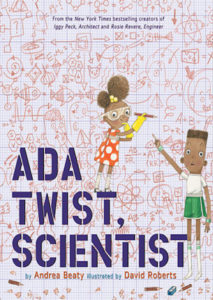
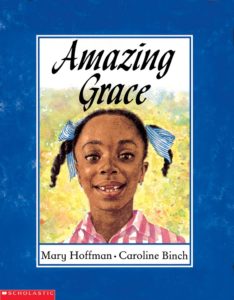
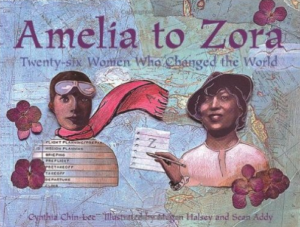
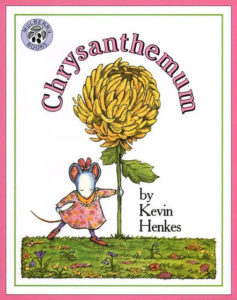
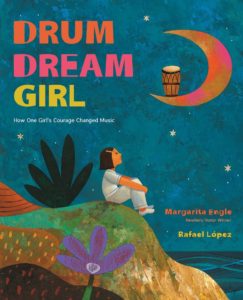
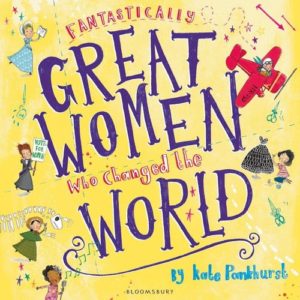
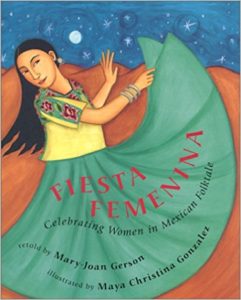
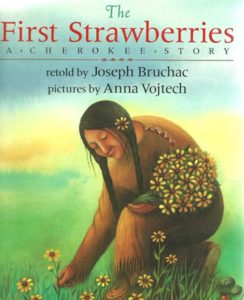
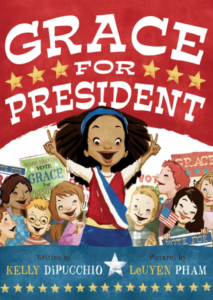
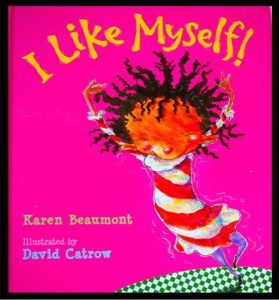
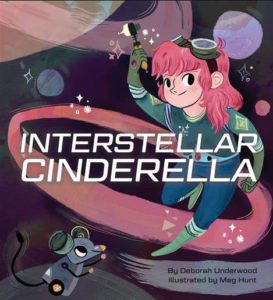
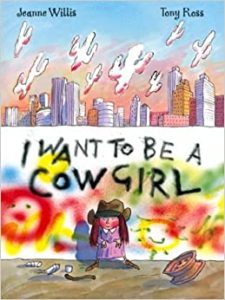
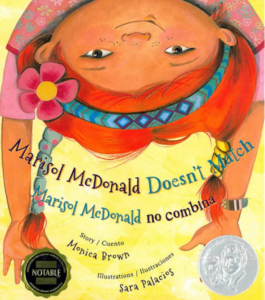
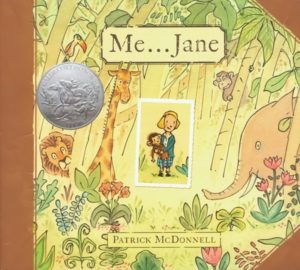
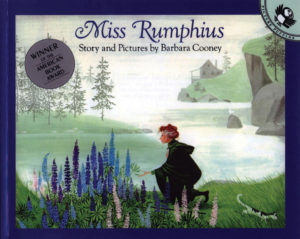
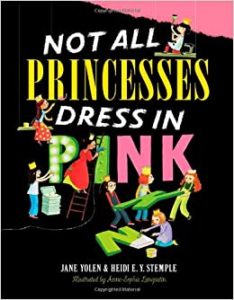
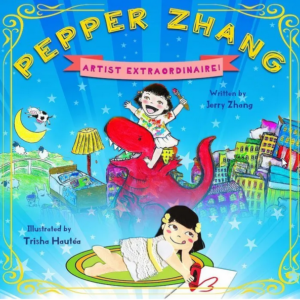
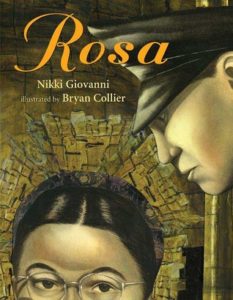
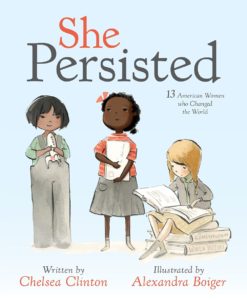
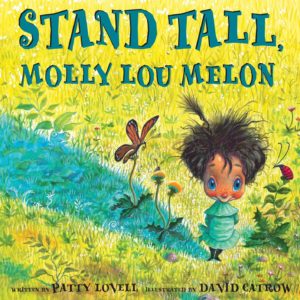
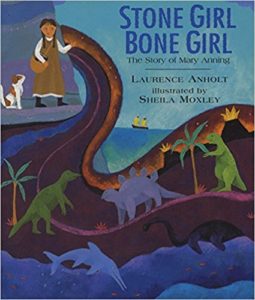
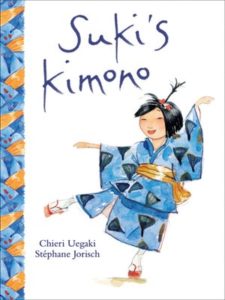
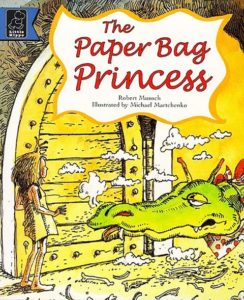
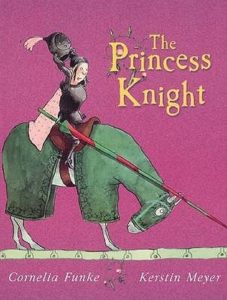
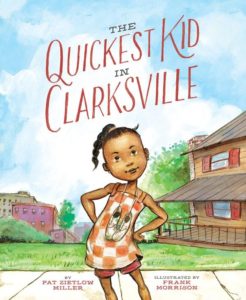
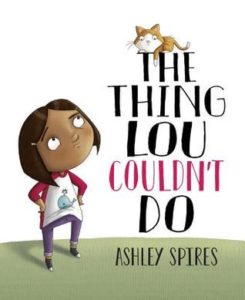

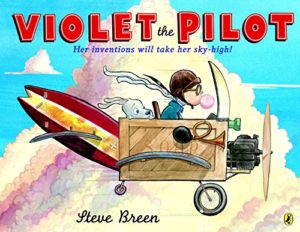
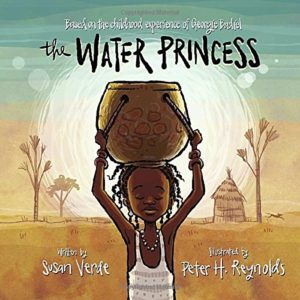
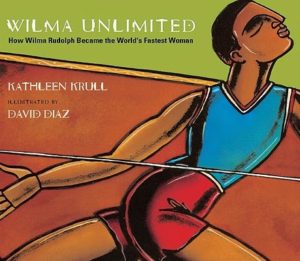
 The September 2020 Insider Interview is with…Sarah Rockett!
The September 2020 Insider Interview is with…Sarah Rockett!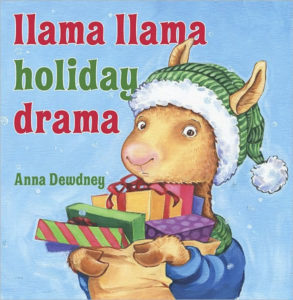
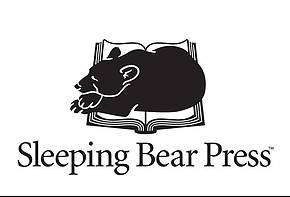
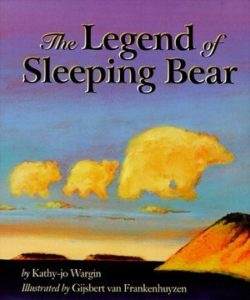
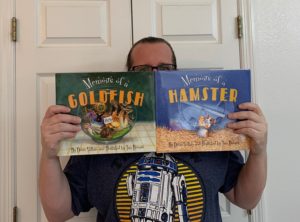
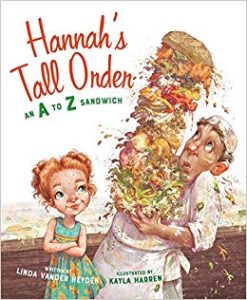
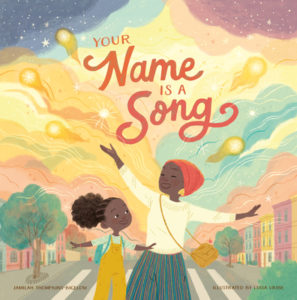
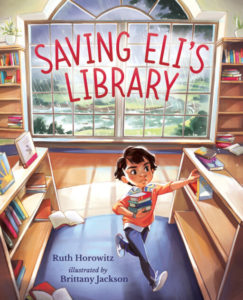
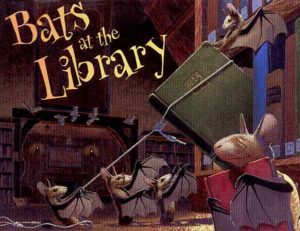
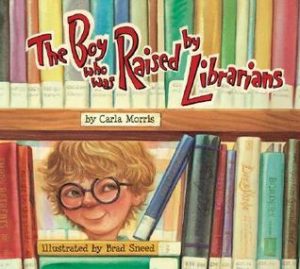
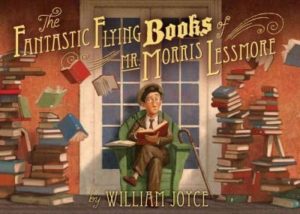
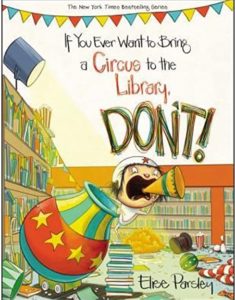
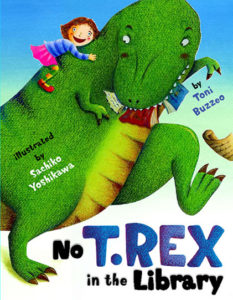
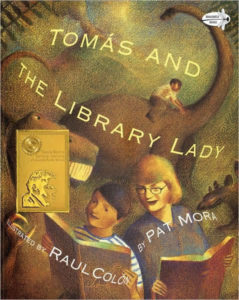
 I’ve been posting weekly at
I’ve been posting weekly at 